HPLC
Categories: Lab EquipmentHPLC manufacturers create a specific set of equipment that, when integrated, creates an HPLC system. An HPLC system has its prime objective to separate, identify, and quantify particular compounds in...
Product
Description
HPLC manufacturers create a specific set of equipment that, when integrated, creates an HPLC system. An HPLC system has its prime objective to separate, identify, and quantify particular compounds in a mixture. The following mixtures are separated, identified, and quantified by HPLC Systems without any pre-treatment: Blood Plasma Proteins Plant Pigments Simple Sugars Organic Acids Nucleotides Pharmaceutical Drugs (small molecules) Vitamins (water-soluble) Fungal Metabolites Environmental Pollutants (small molecules) Food Additives (certain types) HPLC is not the equipment but a system where specific core and secondary equipment work together on certain mixtures to identify, separate, and quantify compounds of a particular mixture. The most trusted HPLC manufacturers manufacture these primary and secondary equipment to create robust HPLC systems. It includes: Here are the main ones: High-Pressure Pump Injectors (loop injectors and syringe pumps) Column (heart of the HPLC system) Detector (standard detectors include UV/Vis detectors, refractive index detectors, and mass spectrometers) Data Acquisition System (display chromatograms (separation profiles) and perform calculations for quantification) In addition to these primary components, some HPLC systems include: Degasser Column Oven Fraction Collector Top HPLC suppliers also supply these additional components to enhance the functionality and versatility of the HPLC system for specific applications. High-Pressure Pump Flow Rate: Typically ranges from 0.1 mL/min to 10 mL/min, with some high-performance models reaching even higher flow rates. Pressure Limit: It depends on the model but commonly ranges from 40 MPa (6,000 psi) to 100 MPa (14,500 psi) to handle high-pressure mobile phases. Injector Injection Volume: Usually between 1 µL and 100 µL, depending on the injector type and sample concentration. Reproducibility: Ideally, +/- 1% or better for accurate and consistent sample introduction. Column Length: Common ranges are 50 mm to 250 mm for analytical columns and longer for preparative HPLC. Diameter: Typically between 2.1 mm and 4.6 mm for analytical columns. Detector Sensitivity: It varies with the type of detector. For instance, the sensitivity of UV/Vis detectors varies according to the wavelength used. Data Acquisition System Sampling Rate: The latest models have higher sampling rates that capture fast-eluting peaks with better detail. (e.g., 10 Hz to 100 Hz) These are general ranges, and specific features will vary depending on the model and intended use of the HPLC system.HPLC Systems With Top HPLC Manufacturer, Atico India
Salient Features Of The Equipment That Make HPLC Systems
quick overview :
HPLC manufacturers create a specific set of equipment that, when integrated, creates an HPLC system. An HPLC system has its prime objective to separate, identify, and quantify particular compounds in a mixture. The following mixtures are separated, identified, and quantified by HPLC Systems without any pre-treatment: Blood Plasma Proteins Plant Pigments Simple Sugars Organic Acids Nucleotides Pharmaceutical Drugs (small molecules) Vitamins (water-soluble) Fungal Metabolites Environmental Pollutants (small molecules) Food Additives (certain types) HPLC is not the equipment but a system where specific core and secondary equipment work together on certain mixtures to identify, separate, and quantify compounds of a particular mixture. The most trusted HPLC manufacturers manufacture these primary and secondary equipment to create robust HPLC systems. It includes: Here are the main ones: High-Pressure Pump Injectors (loop injectors and syringe pumps) Column (heart of the HPLC system) Detector (standard detectors include UV/Vis detectors, refractive index detectors, and mass spectrometers) Data Acquisition System (display chromatograms (separation profiles) and perform calculations for quantification) In addition to these primary components, some HPLC systems include: Degasser Column Oven Fraction Collector Top HPLC suppliers also supply these additional components to enhance the functionality and versatility of the HPLC system for specific applications. High-Pressure Pump Flow Rate: Typically ranges from 0.1 mL/min to 10 mL/min, with some high-performance models reaching even higher flow rates. Pressure Limit: It depends on the model but commonly ranges from 40 MPa (6,000 psi) to 100 MPa (14,500 psi) to handle high-pressure mobile phases. Injector Injection Volume: Usually between 1 µL and 100 µL, depending on the injector type and sample concentration. Reproducibility: Ideally, +/- 1% or better for accurate and consistent sample introduction. Column Length: Common ranges are 50 mm to 250 mm for analytical columns and longer for preparative HPLC. Diameter: Typically between 2.1 mm and 4.6 mm for analytical columns. Detector Sensitivity: It varies with the type of detector. For instance, the sensitivity of UV/Vis detectors varies according to the wavelength used. Data Acquisition System Sampling Rate: The latest models have higher sampling rates that capture fast-eluting peaks with better detail. (e.g., 10 Hz to 100 Hz) These are general ranges, and specific features will vary depending on the model and intended use of the HPLC system.HPLC Systems With Top HPLC Manufacturer, Atico India
Salient Features Of The Equipment That Make HPLC Systems
Product
Reviews
add Review
reviews
No Review Yet.


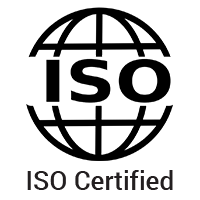

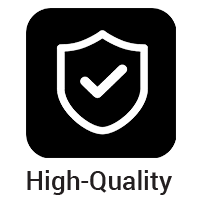

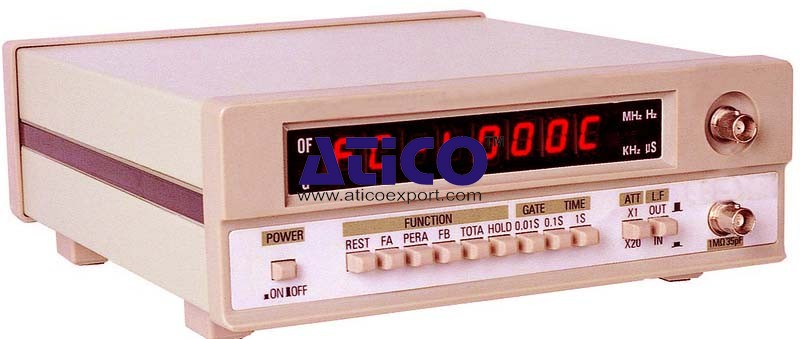
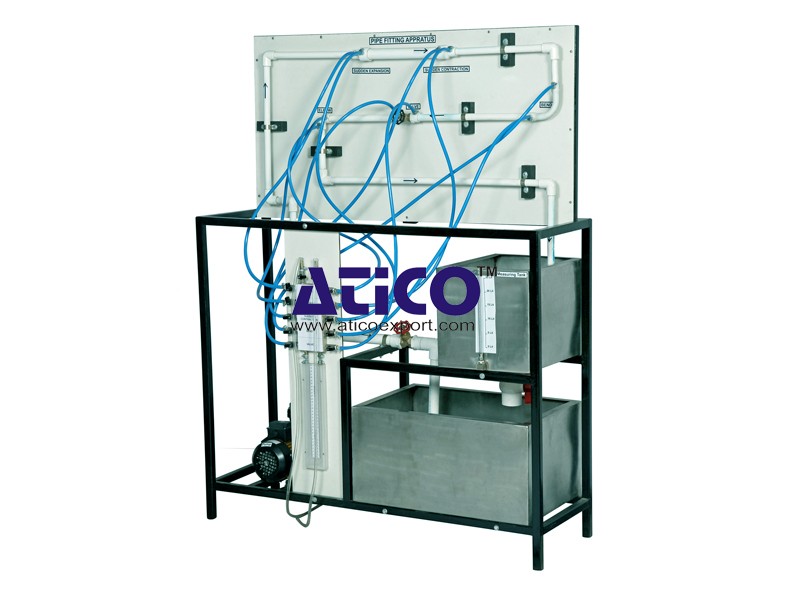
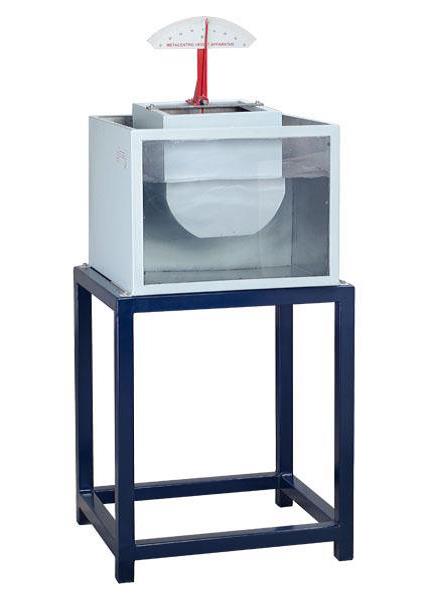
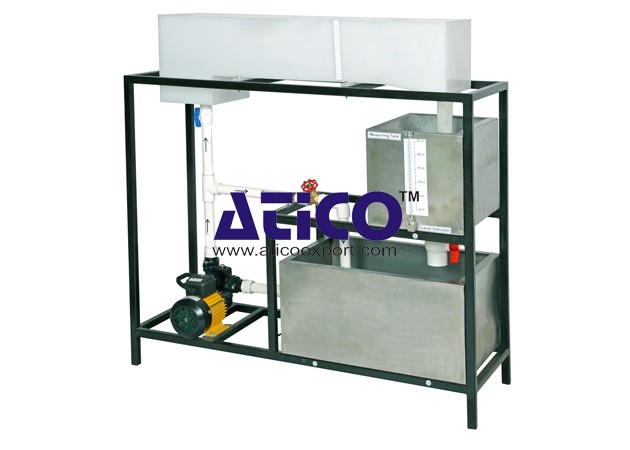
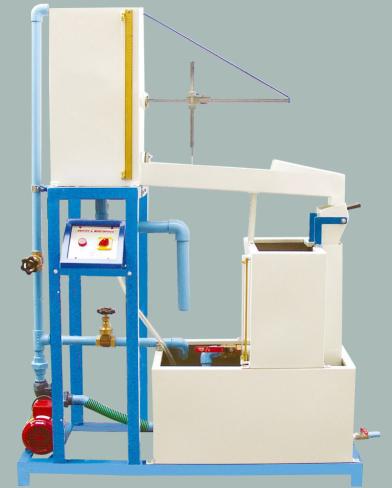
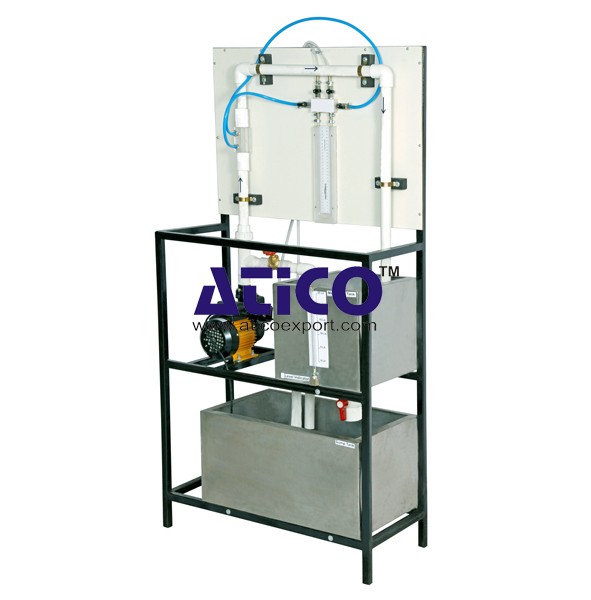
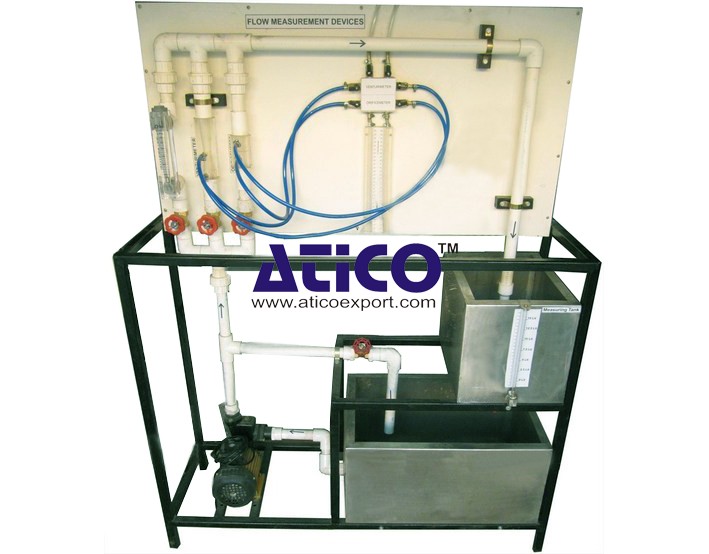
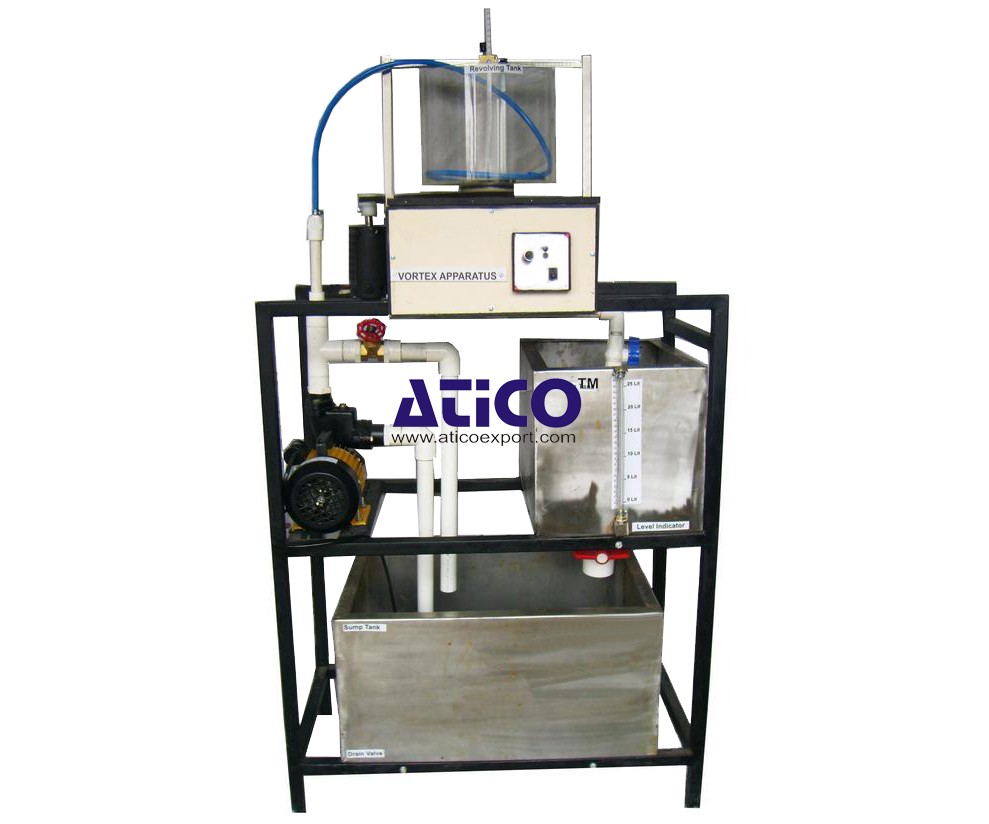

Product
Reviews
add Review
reviews
No Review Yet.